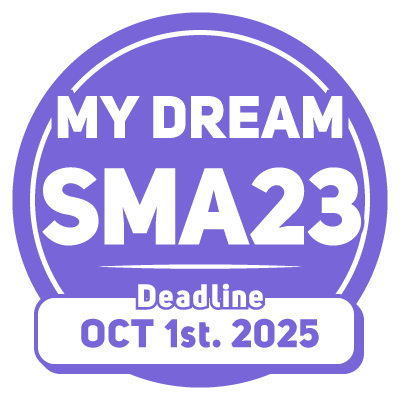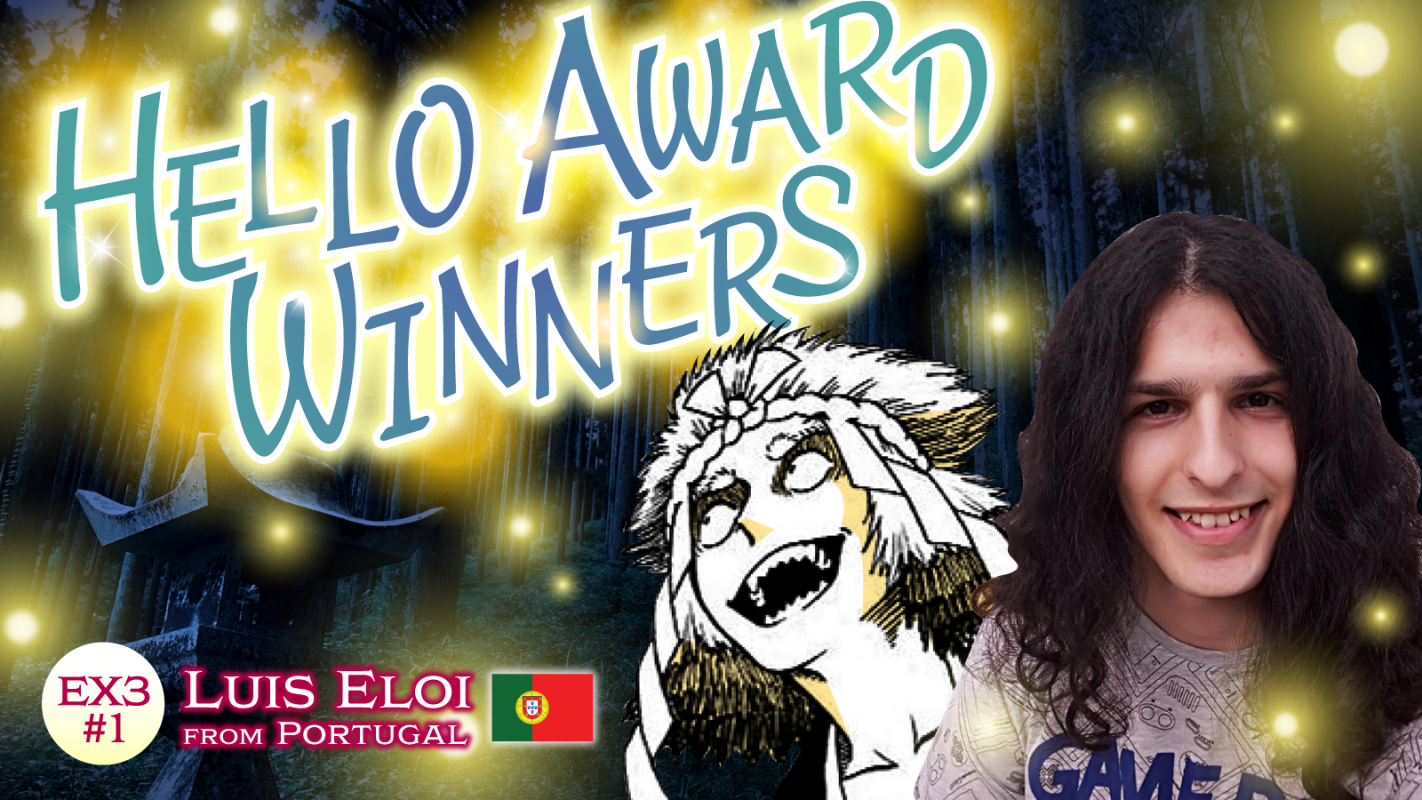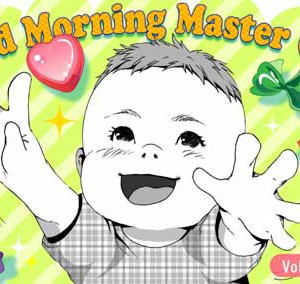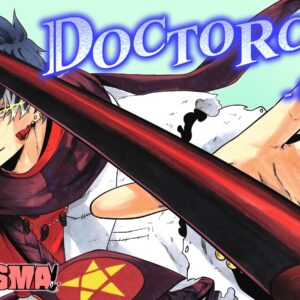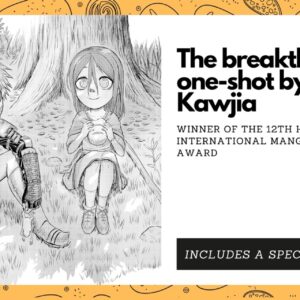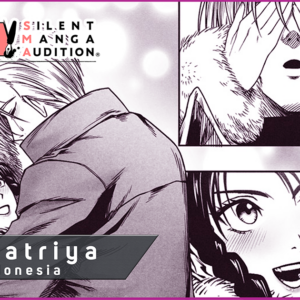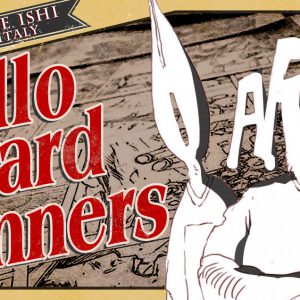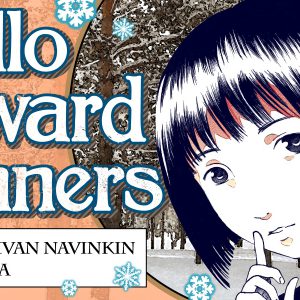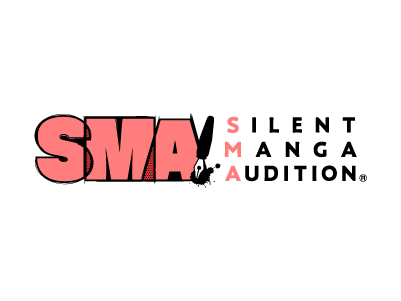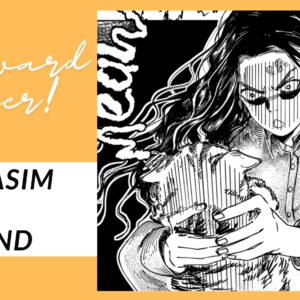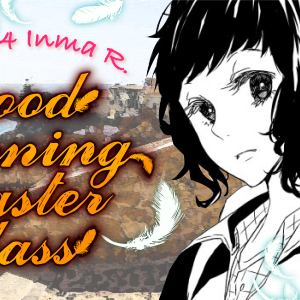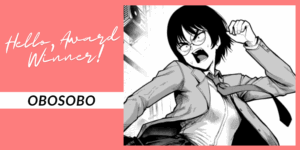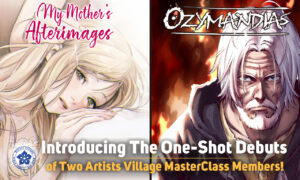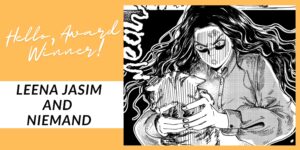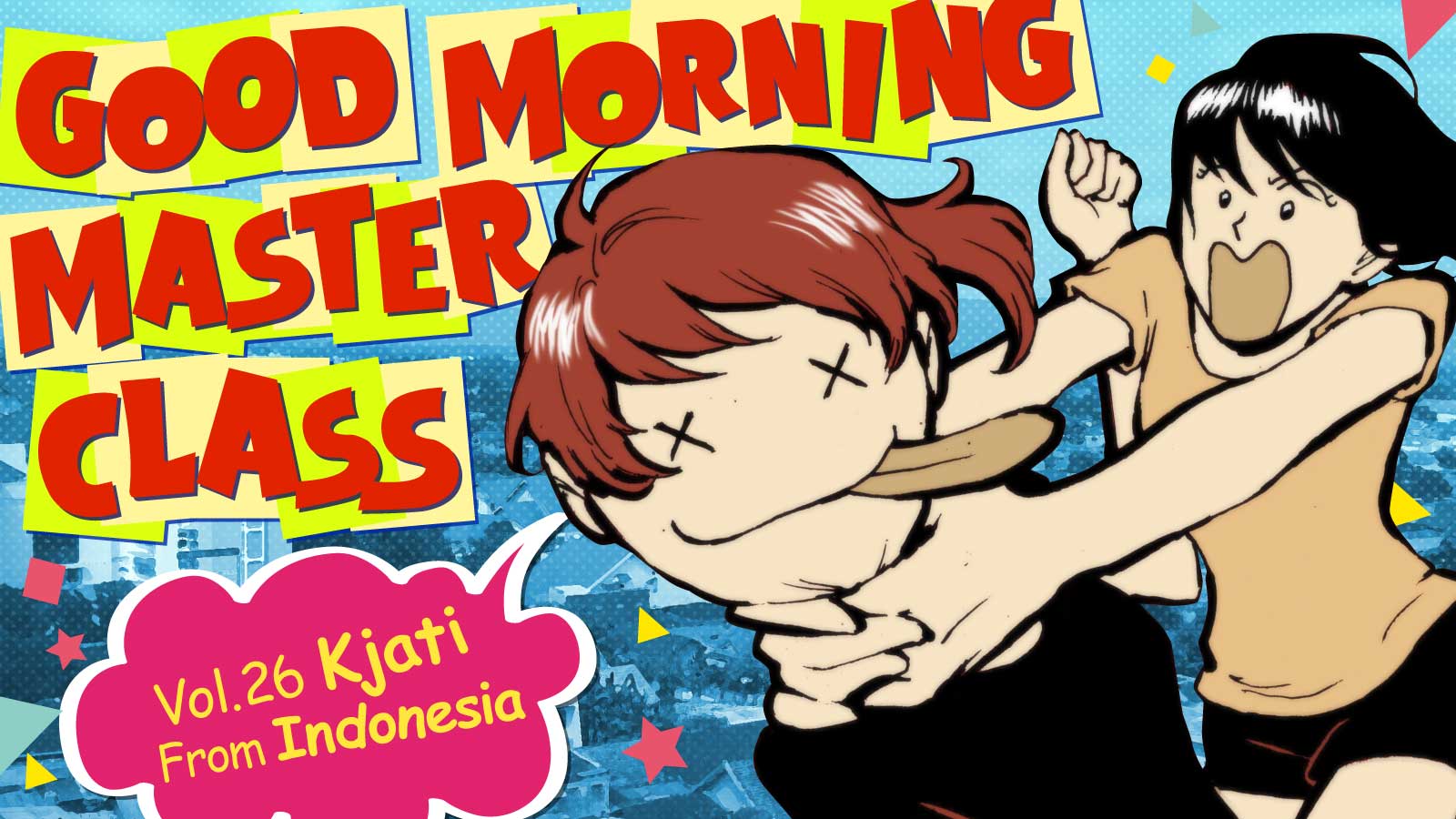
This week’s SMA MASTERCLASS 2017, the 3rd year fresh members who came to Tokyo in 2017, we continue our three week Indonesia special with the man who wants to change the world with manga – Kjati ☆
He is a man who stands his ground with his manga, but is always looking to see new points of view!
He told us why he does this and what drives him to keep creating 😉
Good Morning Kjati!
INTERVIEW WITH Kjati. “Those places between my current and childhood home are where my inspirations come from.” – Congratulations on becoming a Masterclass member. You must have partied when you heard the news? Well, not exactly. I had a small celebration with my family. A special pizza dinner. We seldom buy anything like that, so it was a really special occasion. – About where you live. Anything the world should know about the place? I live in a rural village of Special Region of Yogyakarta, Indonesia. It’s a small province located in Java Island. It’s best known for its ethnic crafts, contemporary arts, and universities. My house, which is also my studio, is next to the farmers, construction labors, and craftsmen neighborhood. I spent my childhood in the city and those places between my current and childhood home are where my inspirations come from.
– Your home, Yogyakarta, inspires the manga you create? What part really brings out the creativity in you?
My neighborhood. Have you ever heard of a Kampung? It’s like a sub-sector of a district and the people of Yogyakarta still live with the strong traditions of Javanese culture there. Things are changing rapidly, but the people are still trying to hold onto their tradition. As much as I love the people there, it’s their struggle that inspires me to create comics. We have a long history, an ancient sultanate or something, and those ancient traditions still affect the Yogya people to this day.
– Any memorable events, in your manga creation career?
The most memorable event of my manga creation is the birth of my first son. I left my empty dreams behind and started to draw more serious and socially realistic arts.
– The birth of your son changed how you create manga?
Before my son was born…well, I used to like creating experimental works. I tried different drawing styles and concepts. I also drew manga in order to be acknowledged by others or simply to make money. And I was busy making a lot of theories about Indonesian comics, like why we were declining and how to solve that. Today, those theories come into practice.
– Any artist who had effect on your manga style or you respect?
The manga artists I admire are Yoshihiro Tatsumi, Yoshiharu Tsuge, and Sanpei Shirato with their works like “Abandon the Old in Tokyo,” “The Push Man and other stories” “Neji-Shiki,” “Munou no Hito,” and “Kamui.”
– You’re inspired by manga creators who use a very noir style in their manga. Is that what you’d like to achieve as well?
“What I want to achieve is…maybe something like making a difference toward Indonesian society…”
I think it’s not the use of noir style that inspired me, but the context of their works to Japanese society of their era. What I want to achieve is…maybe something like making a difference toward Indonesian society and creating manga is my fastest vehicle.
– You want to make a difference in Indonesian society?
In my opinion, making art is about expressing ourselves. Thus, at the same time representing the people around us. Choosing political alignment or criticizing the authorities could be part of it. I’ve created underground series entitled “Bad Comic For Bad People,” and an irregular comic strips “God You Must Be Joking” in order to do that.
“In my opinion, making art is about expressing ourselves.”
– Did creating manga have any effect on your life? In what ways?
Creating manga had many effects in my life. I made a living for my family, met people with different point of views, and gained precious knowledge in the process.
– Meeting people with different points of view? What have you learned from that?
I get to meet people from different countries, cultures, and perspectives. But, they always ended up saying like how relative the truth is or how they got tired of life pursuing dreams and achievements. I found that creating manga is a way to reveal those facts…more effective than, say, academic discussions.
– You must meet with a lot of people then. Has anyone changed your point of view about something?
“I think it’s their overwhelming freedom and sincerity that shaped me the way I am now.”
I was into hardcore punk scene in my city, but I changed direction into underground comics rather than music. I met comic artists who wouldn’t call themselves comic artist cause they’re actually visual artists making strange arts similar to comic books and it was intriguing to me. I think it’s their overwhelming freedom and sincerity that shaped me the way I am now.
– Stepping away from points of view, what kind of tools do you use for drawing! Any tips to share?
The tools I use for drawing are ordinary drawing pens and markers. Mostly Snowman, because the quality never let me down. And they’re cheap and easy-to-buy at the nearest stationary store. My works are mostly done the traditional way: Ink on paper!
– The traditional way of drawing: Ink and paper. Do you think this is the best way?
“Utilizing what is there and not relying on tools.”
Everyone has their best way, I guess. Mine is just… limited resources adjusted for today’s standard. Utilizing what is there and not relying on tools.
– Where do your CHARACTERS come from? Any inspirations or maybe from your imagination and influences?
My characters come from everyday life. But, sometimes I create a unique character inspired from historical/mythical figure as a plot device.
– Your characters come from everyday life? Was “Faithful” (SMA3) based on people from your life?
“That’s supposed to be…err…my secret technique.”
Not exactly from personal experiences, but maybe feelings or ideas I was easily empathizing with. That is to say, by associating the characters to real people. But, to be more precise, I was always associate one story to one song. Listening to the same song repeatedly while drawing a story or a chapter really does help. The song I choose represents a feeling or idea from a personal experience. That’s supposed to be…err…my secret technique.
– We say, “Breathing life into characters” is the magic of manga artists: Tell us how YOU cast that magic!
I’d rather use different analogy. It’s more like “brain exchange.” I often imagine myself being another persons, actual or fictional, or being animals or microscopic organisms, or even being inanimate objects such as stones, water, or light. Sometimes I’m out of my head and being in such state is perfect time to draw.
– You brain exchange with your characters. What’s it like?
It’s like being in a trance. When I imagine myself being the happiest or the most miserable person in existence or an all-knowing or an empty-headed guy, that’s when I’m able to breathe life into the characters. Well, it’s simply called “expanding the perspective,” but I do it not to be bound with the “self.”
– Please say ONE THING about “Manga NAME (DRAFT STORYBOARD)”
When making manga Name, or draft storyboards, I rarely use them as full guidance except while co-working with other writers/illustrators.
– Do you just not like using a manga NAME? Or do you have another method of planning your manga’s?
If I feel like I need one then I’d use them. I prefer using a list or diagram to help me map the story. Mostly, the paper I used for NAME is the same paper I do pencil sketches—also the same paper I do inking until it’s finished.
– Is there any moment you felt, “Ah I’m glad I entered this competition”?
“I’ll keep doing this for self-improvement.”
About SILENT MANGA AUDITION, I’m glad that there’s such a competition. I first entered for the prize for daily living costs and paying debts. Not the best motivation to start with, eh? But, it’s good to start looking at the bright side. But, lately I enjoy the process that shapes me into something better in manga drawing. I’ll keep doing this for self-improvement.
– Specific areas of focus, when creating your entry?
When making an entry I always think of a way to impress the judges.
– What do you think impresses the judges the most? Also, is there a judge you really want to impress?
“I can’t wait to meet [Hojo Tsukasa] and other the sensei’s in Japan.”
Not sure what impresses them. I learned from previous Grand Prix Winners’ entries. They have to be very touching, very sentimental, and very lively so that the judges say “yes” to them. Those are also drawing tips from the SMAC! website. They’re very useful.
I want to impress Hojo Tsukasa-sensei. I can’t wait to meet him and other the sensei’s in Japan.
– Any tips to fellow SMAC! contestants?
If I stay true to myself then fail, I must stay true in some other way.
– “If I stay true to myself then fail, I must stay true in some other way.” This is an interesting saying. Can you tell us a little more about it?
There’s a limit of what I can draw. I’ve been drawing specific themes for a long time and they aren’t suitable for children or mainstream audiences…or international-scale manga competitions. So, I must do more research and adjust. But, I won’t draw anything I don’t understand. For example, my family or friendship values might differ from everyone else’s, so I’ll look for the intersection—but I’ll remain standing on my ground of values and beliefs.
– How do you feel about joining the SMA MASTERCLASS?
“If there ain’t any, these limbs should be enough.”
I feel like being put on top of a hill. But, well, there’s always one more hill to climb. Just a little higher one right now and I’ll climb it slowly…carefully. And I will use any climbing gear I find. If there ain’t any, these limbs should be enough.
– Is there anything you can’t wait to learn as a Masterclass member?
I can’t wait to learn from other Masterclass members, especially those from other countries. They must have difficulties with their own comic industries. I would like to know how they propose the solutions.
– What do you wanna create, from now on? Maybe something for SMA-EX2?
What I wanna create is something like “never before seen,” strange stories drawn in a way people can easily absorb or relate to.
For SMA-EX2, I’ve prepared an eerie tale about a boy who lost in the forest being followed by a scary wolf.
– Do you have any final words for the readers of your interview?
“Just keep drawing!”
There are people from different countries and cultures and I think that creativity is a way to communicate and understand each other. There are so many things that cannot be conveyed through ordinary language. Creating manga has helped me talk about important things to the people around me. Things that I couldn’t achieve with everyday talk. Most of my works have done it for me, especially ones about religious spirituality, youth angst, and ero-guro. I love manga, it saves my breath 😉
And no matter what happens, just keep drawing!
Thank you for your time Kjati senpai! We can’t wait to see you climb the next mountain and create a story we’ve never seen before! Yogyakarta is a nexus of cultural and creative talent and manga creators are branching out from there. Let’s read their manga together as they join the Master Class!! Please show your worth, by joining & start creating for SILENT MANGA AUDITION® today!
INTERVIEW WITH Kjati. “Those places between my current and childhood home are where my inspirations come from.” – Congratulations on becoming a Masterclass member. You must have partied when you heard the news? Well, not exactly. I had a small celebration with my family. A special pizza dinner. We seldom buy anything like that, so it was a really special occasion. – About where you live. Anything the world should know about the place? I live in a rural village of Special Region of Yogyakarta, Indonesia. It’s a small province located in Java Island. It’s best known for its ethnic crafts, contemporary arts, and universities. My house, which is also my studio, is next to the farmers, construction labors, and craftsmen neighborhood. I spent my childhood in the city and those places between my current and childhood home are where my inspirations come from.
Thank you for your time Kjati senpai! We can’t wait to see you climb the next mountain and create a story we’ve never seen before! Yogyakarta is a nexus of cultural and creative talent and manga creators are branching out from there. Let’s read their manga together as they join the Master Class!! Please show your worth, by joining & start creating for SILENT MANGA AUDITION® today!
